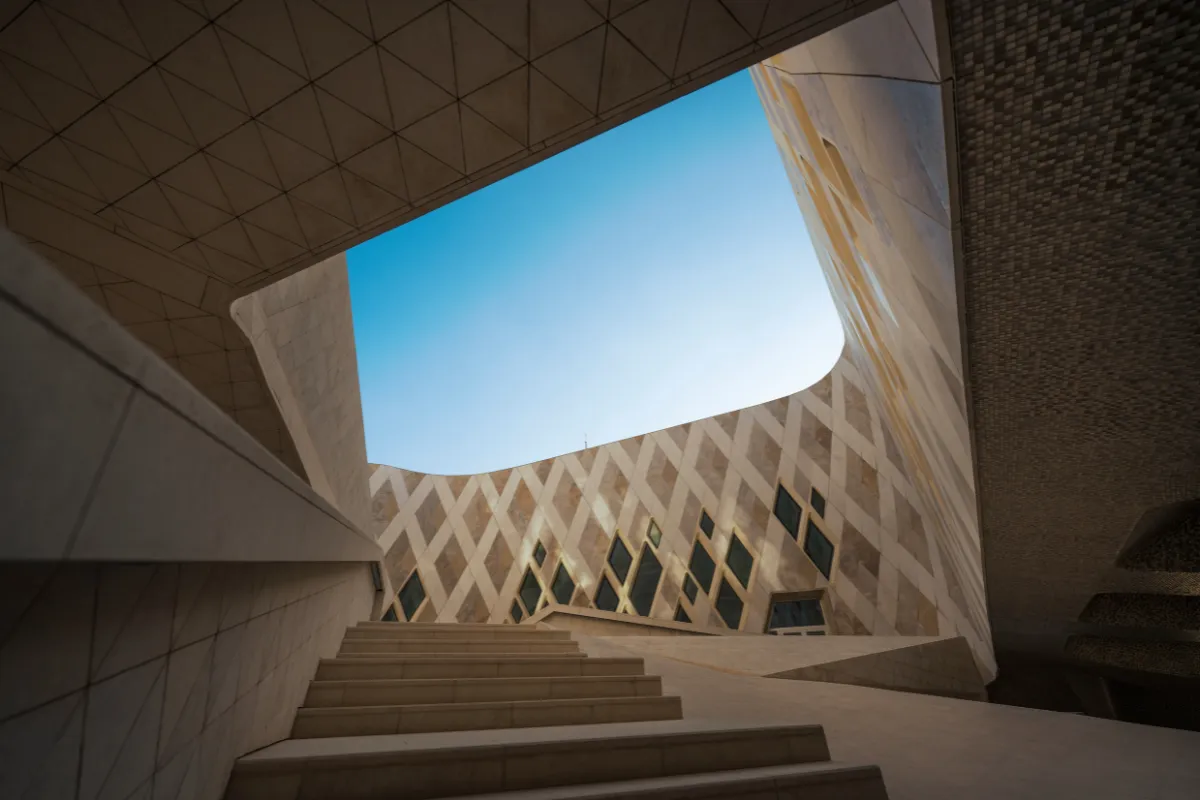Throughout history, architects have played a pivotal role in shaping the built environment, leaving behind a legacy of iconic buildings and innovative design principles. From ancient civilizations to modern-day marvels, these visionary architects have left an indelible mark on architectural styles, influencing generations of designers and shaping the way we perceive and interact with the spaces around us. In this article, we’ll explore the lives and contributions of five influential architects who have left an enduring legacy in the world of architecture.
1. Frank Lloyd Wright: The Pioneer of Organic Architecture
Frank Lloyd Wright was a pioneering American architect whose innovative approach to design revolutionized the field of architecture in the 20th century. Embracing the principles of organic architecture, Wright sought to harmonize buildings with their natural surroundings, integrating form and function to create spaces that felt inherently connected to the land. His iconic works, including Fallingwater and the Guggenheim Museum, continue to inspire architects and enthusiasts alike, showcasing his mastery of space, light, and materials.
2. Le Corbusier: The Father of Modernism
Le Corbusier, born Charles-Édouard Jeanneret, was a Swiss-French architect whose vision of modernism transformed the architectural landscape of the 20th century. Rejecting ornamentation and historical references, Le Corbusier championed a new aesthetic characterized by clean lines, geometric forms, and the use of reinforced concrete. His pioneering designs, such as the Villa Savoye and the Unité d’Habitation, set the stage for the modernist movement, influencing architects around the world and reshaping the way we think about urban living.
3. Zaha Hadid: The Queen of Curves
Zaha Hadid was a trailblazing Iraqi-British architect whose avant-garde designs defied convention and challenged the boundaries of architecture. Known for her bold use of curves and unconventional geometries, Hadid’s buildings are characterized by their fluidity, dynamism, and futuristic aesthetic. From the Guangzhou Opera House to the Heydar Aliyev Center, Hadid’s iconic structures continue to push the limits of architectural innovation, inspiring awe and admiration with their daring forms and technical prowess.
4. Louis Sullivan: The Father of Skyscrapers
Louis Sullivan was an American architect often referred to as the “Father of Skyscrapers” for his pioneering work in tall building design. A mentor to Frank Lloyd Wright, Sullivan championed the idea of “form follows function,” advocating for buildings that expressed their structural and functional purpose in honest and straightforward ways. His influential skyscrapers, such as the Wainwright Building and the Guaranty Building, helped establish the skyscraper as an iconic symbol of modernity and progress in the late 19th and early 20th centuries.
5. I. M. Pei: The Master of Modern Elegance
Ieoh Ming Pei, known as I. M. Pei, was a Chinese-American architect whose elegant and refined designs left an indelible mark on the world of architecture. Blending modernist principles with classical influences, Pei’s buildings exude a sense of timelessness and sophistication, showcasing his mastery of space, proportion, and light. From the Louvre Pyramid to the Bank of China Tower, Pei’s diverse body of work spans continents and typologies, united by a commitment to innovation and excellence.
Conclusion
These five influential architects have shaped architectural styles and influenced the way we perceive and experience the built environment. From the organic forms of Frank Lloyd Wright to the modernist ideals of Le Corbusier, their visionary designs continue to inspire architects and enrich the fabric of our cities. By pushing the boundaries of creativity and innovation, these architects have left behind a lasting legacy that will continue to resonate for generations to come.
FAQs
Q: What made Frank Lloyd Wright’s approach to architecture unique?
Frank Lloyd Wright’s approach to architecture was unique in his embrace of organic principles, seeking to harmonize buildings with their natural surroundings and create spaces that felt inherently connected to the land.
Q: How did Le Corbusier contribute to the modernist movement?
Le Corbusier contributed to the modernist movement by championing a new aesthetic characterized by clean lines, geometric forms, and the use of reinforced concrete, rejecting ornamentation and historical references in favor of a minimalist approach to design.
Q: What are some of Zaha Hadid’s most famous works?
Some of Zaha Hadid’s most famous works include the Guangzhou Opera House, the Heydar Aliyev Center, and the London Aquatics Centre, all of which showcase her bold use of curves and unconventional geometries.
Q: What is Louis Sullivan’s contribution to skyscraper design?
Louis Sullivan is often referred to as the “Father of Skyscrapers” for his pioneering work in tall building design, advocating for buildings that expressed their structural and functional purpose in honest and straightforward ways.
Q: What defines I. M. Pei’s architectural style?
I. M. Pei’s architectural style is defined by its elegant and refined aesthetic, blending modernist principles with classical influences to create buildings that exude a sense of timelessness and sophistication.

